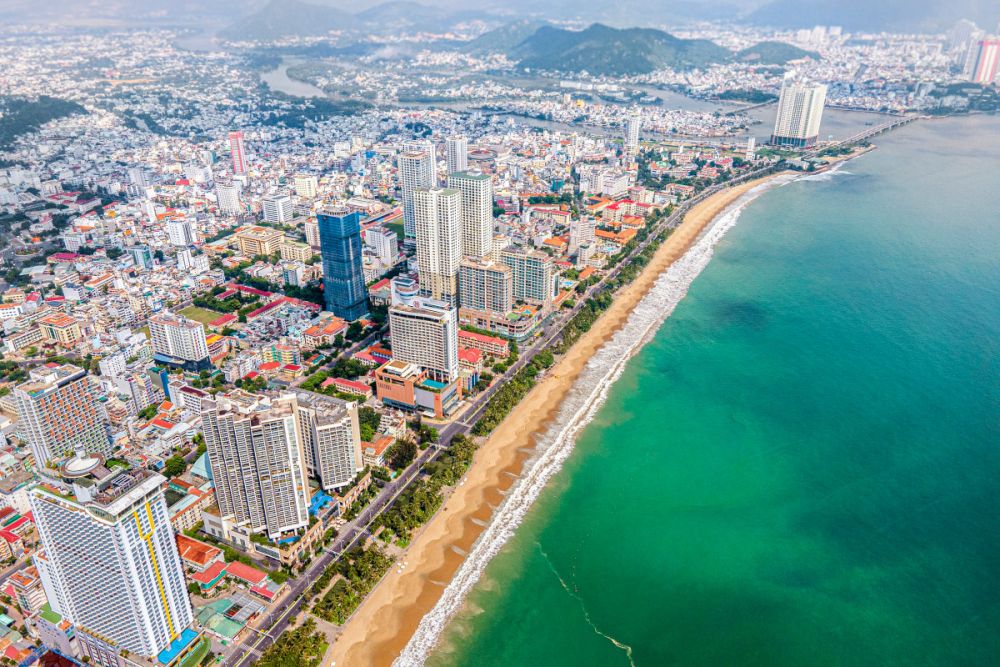

Nha Trang is a coastal city in the Khanh Hoa Province of Vietnam, known for its stunning beaches, vibrant coral reefs, and thriving marine life. Over the years, it has emerged as a major tourist destination, attracting both local and international travelers.
The history of tourism in Nha Trang can be traced back to the French colonial period. The French colonists discovered the town's potential as a resort location due to its picturesque beaches and favorable tropical climate. Nha Trang was initially a quiet seaside retreat where French officials and Vietnamese nobility would escape the bustle of city life.
During the Vietnam War, Nha Trang gained attention due to the presence of American and allied forces. However, it wasn't until the late 1980s and early 1990s, following Vietnam's economic reforms known as "Doi Moi," that Nha Trang began to experience significant growth in tourism. The Vietnamese government, recognizing the city's potential, invested in infrastructure, leading to improved accessibility and amenities for tourists.
In the 21rst century, Nha Trang has solidified its status as one of Vietnam’s premier tourist destinations. The city has seen the development of a modern skyline, dotted with luxury hotels, resorts, and entertainment facilities catering to an increasingly diverse international clientele. The opening of Cam Ranh International Airport's new terminal in 2018 further boosted Nha Trang’s accessibility, making it a popular choice for direct charter flights.
Recently, Nha Trang has observed several latest tourism trends shaping the industry. There is a growing emphasis on sustainable tourism practices, with eco-tours and conservation efforts becoming more prominent. Culinary tourism has also taken off, with visitors showing keen interest in local Vietnamese cuisine and seafood delicacies. Wellness tourism is another evolving trend, where tourists indulge in spa treatments, yoga, and meditation retreats capitalizing on Nha Trang's serene environment.
In addition, Nha Trang continuously hosts international events, such as the biennial Nha Trang Sea Festival, which features cultural and sporting events, drawing additional tourist attention. With its blend of natural beauty, cultural richness, and evolving tourist facilities, Nha Trang’s tourism sector is expected to continue to thrive in the years to come.
Conclusion: Nha Trang's appeal to travelers lies in its incredible natural scenery, rich cultural heritage, and the warm hospitality of its residents. As the city advances, balancing tourism growth with environmental preservation and cultural integrity remains a priority, ensuring that Nha Trang will continue to be a beloved destination for future generations of tourists.